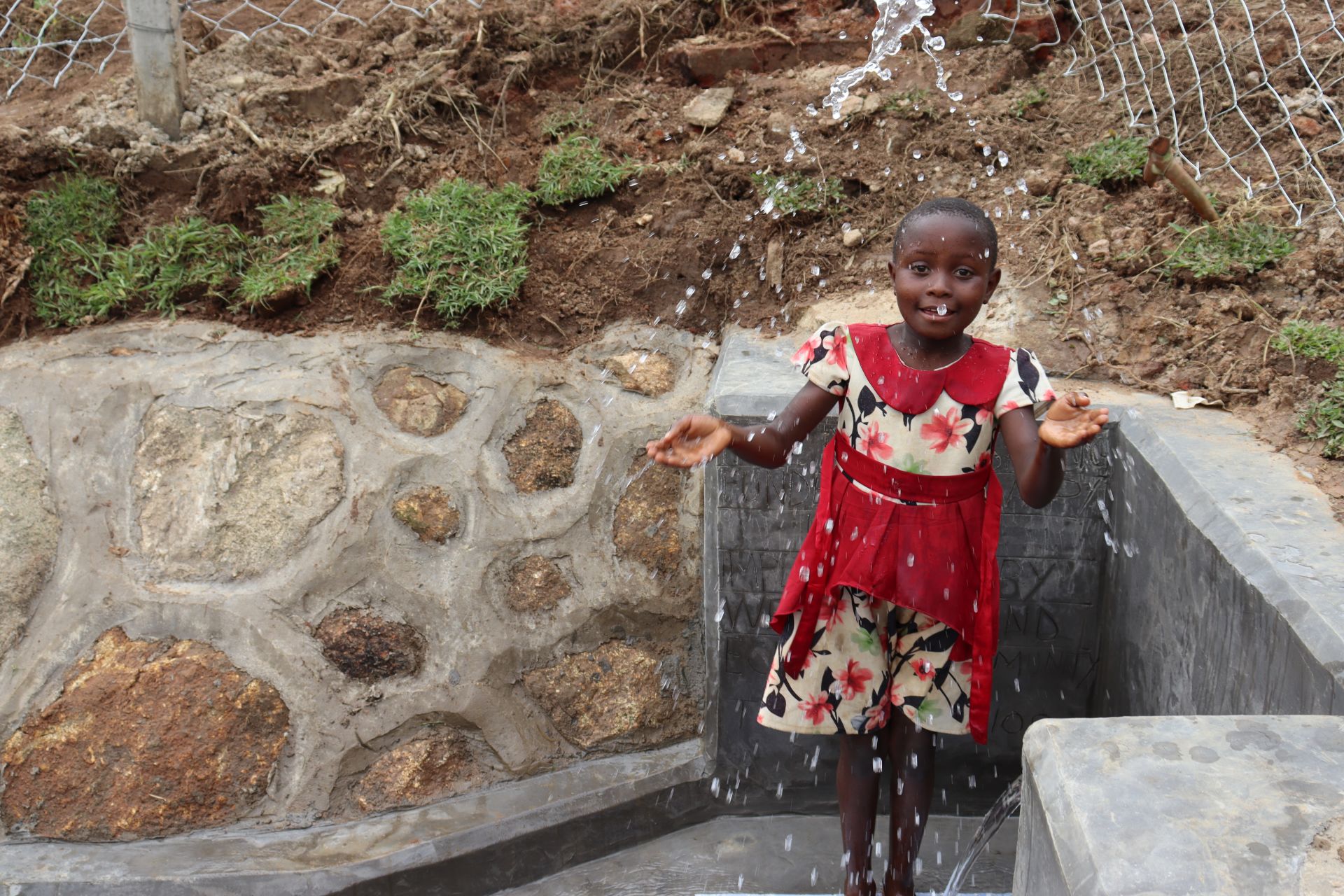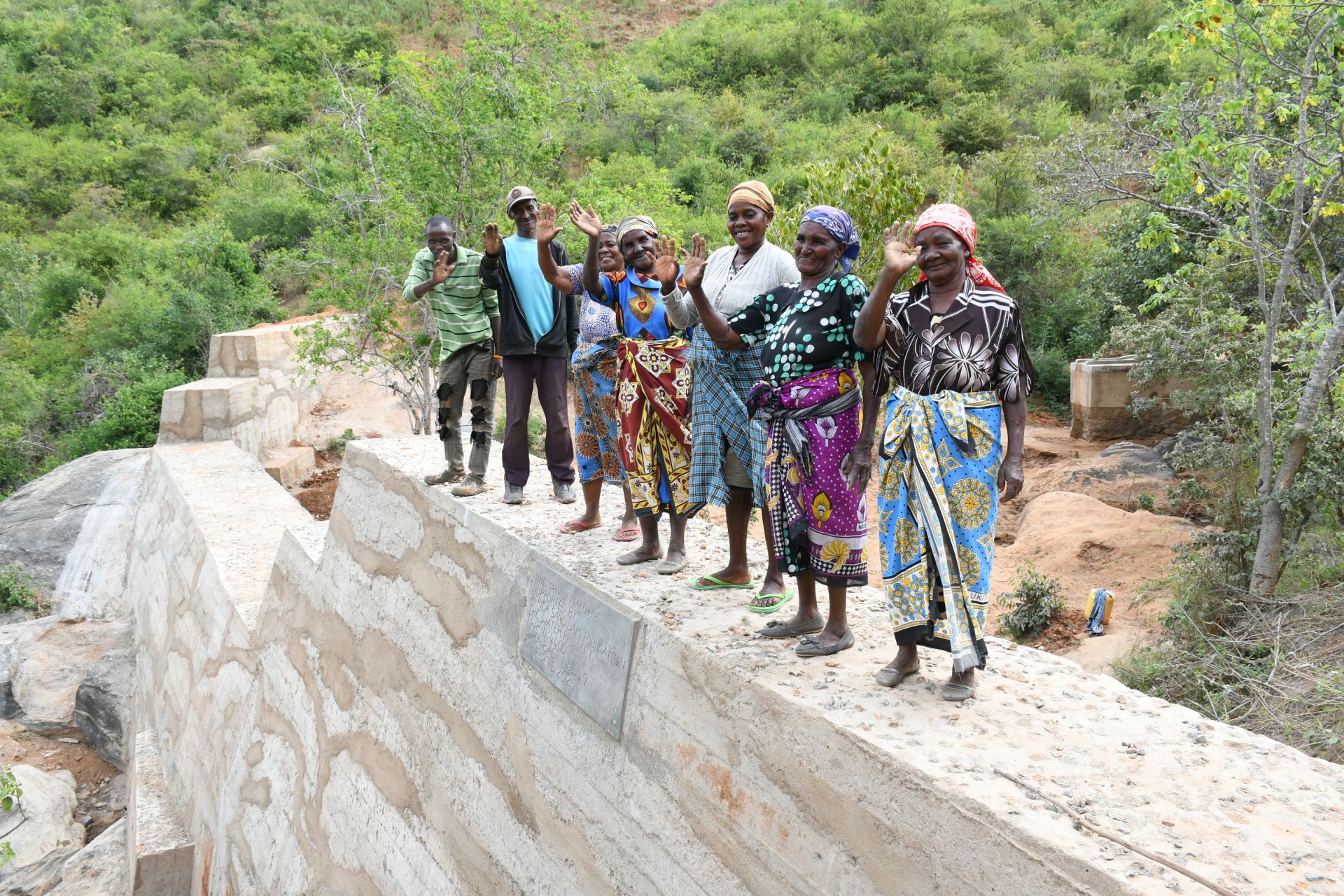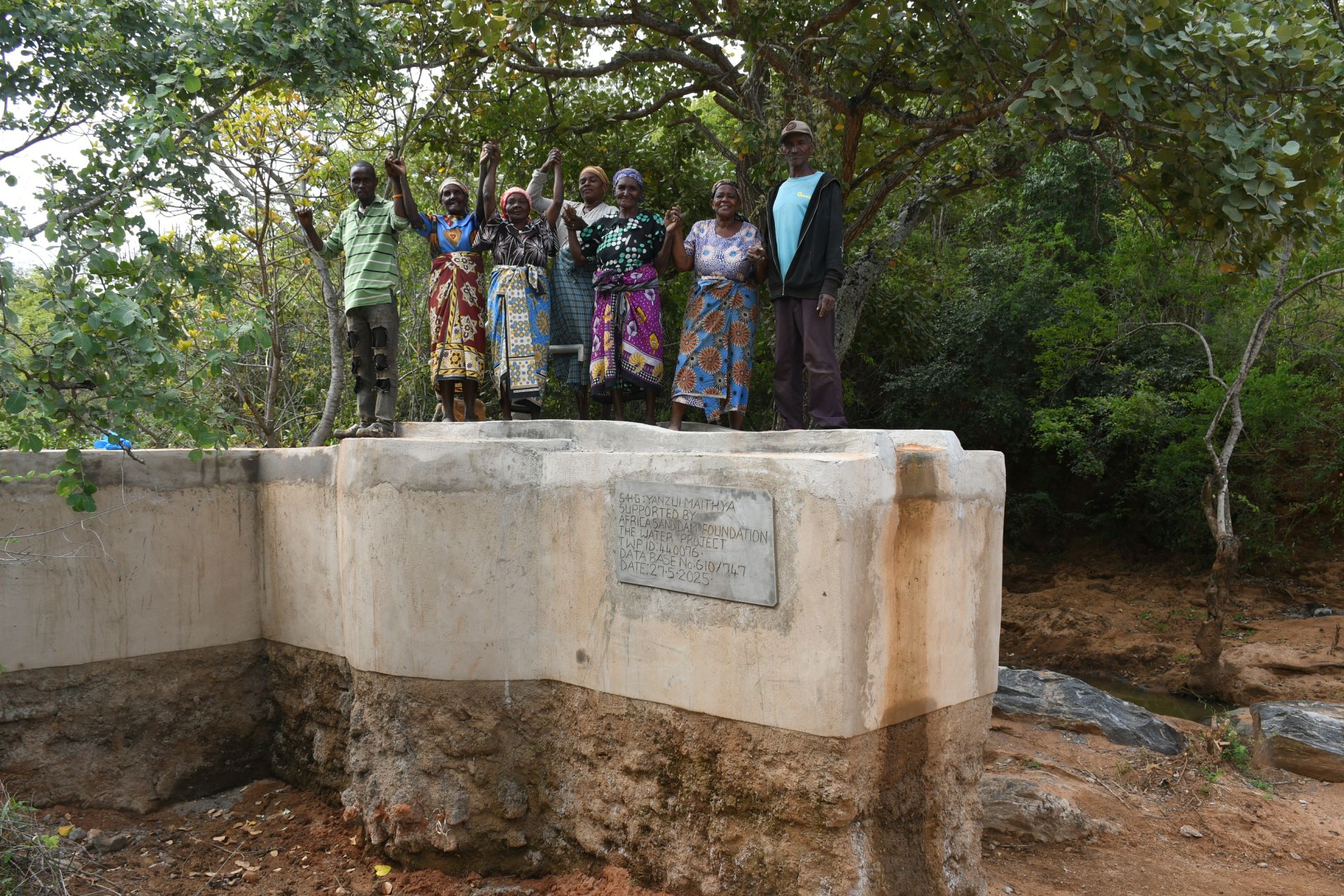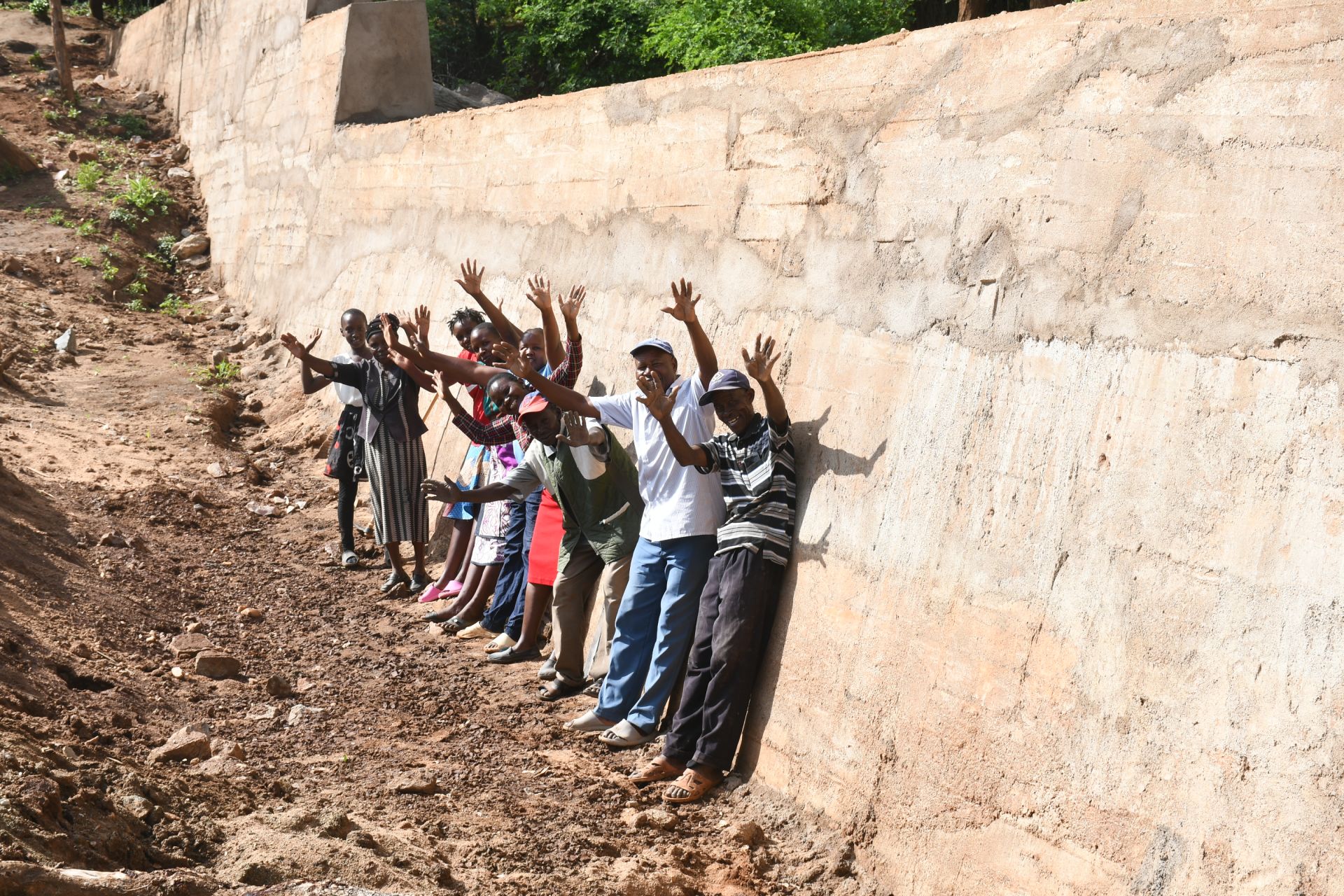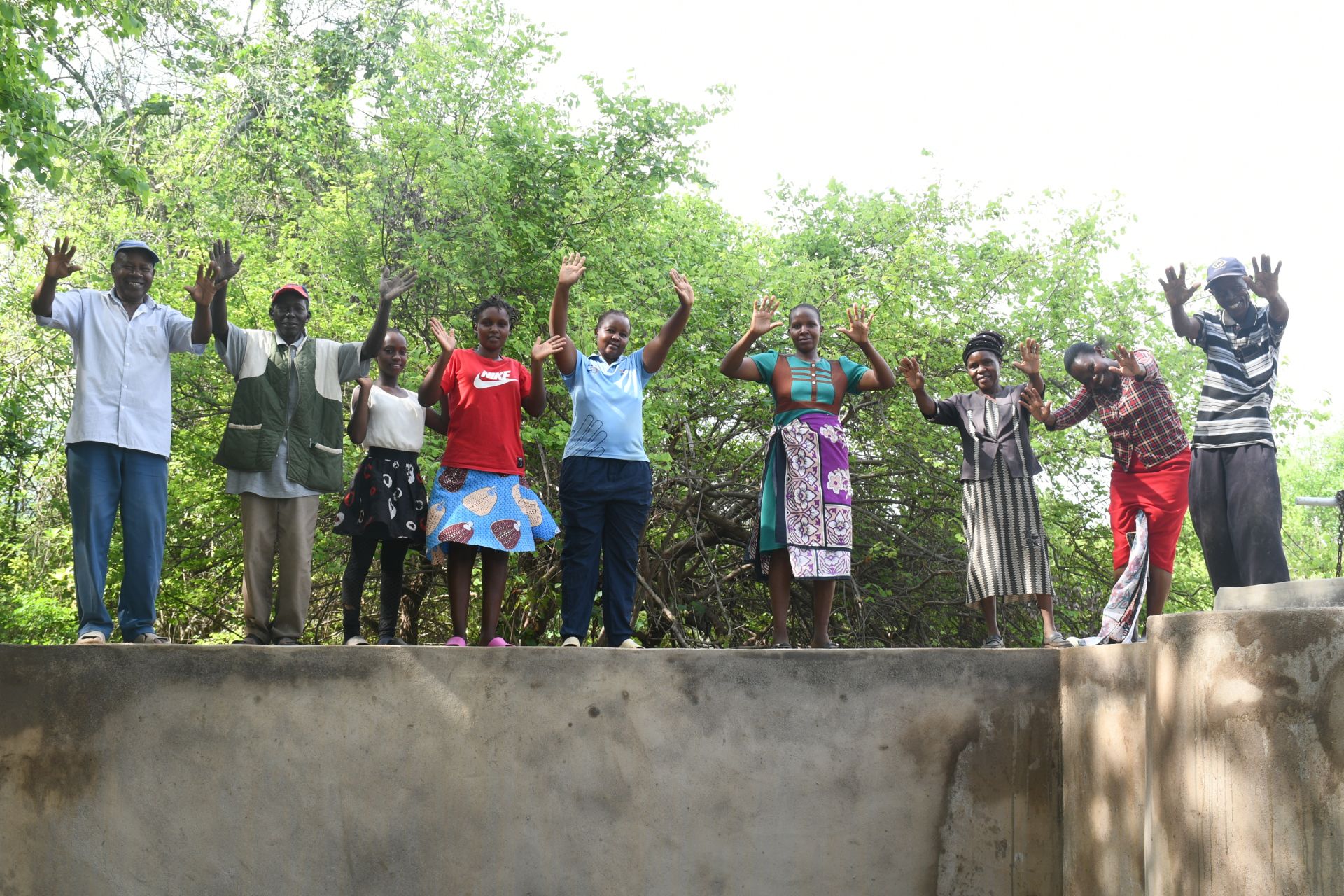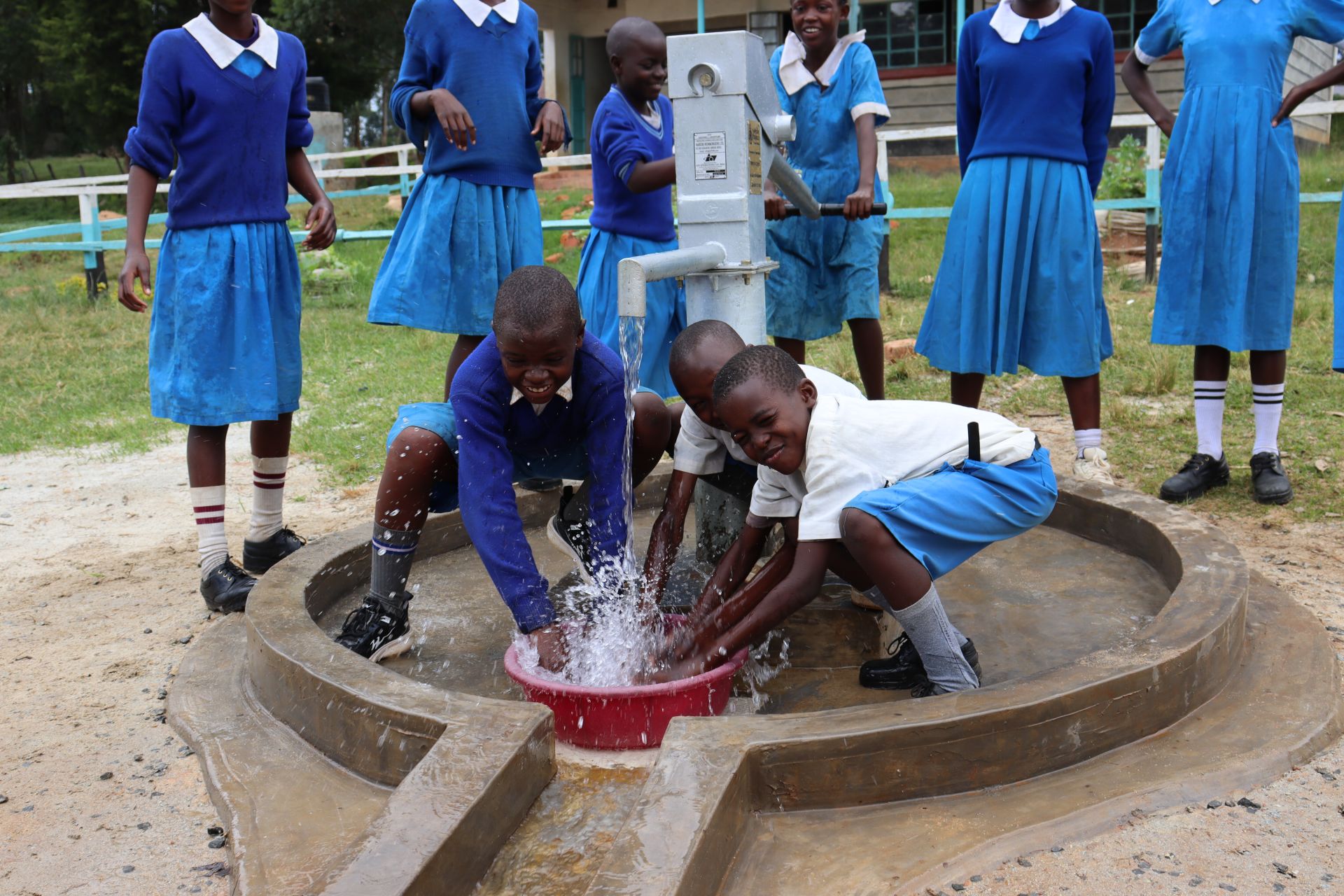The latest on our work and those supporting it
The Problem We Didn’t Know AI Could Solve (But It Did)
The Water Project used AI to quickly build an app that ensures safe, accurate chlorine dosing for wells, improving water safety for communities.
I Helped Deliver Shilakaya to Their ‘Promised Land’
A former Field Officer shares how clean water transformed one village—and how you can help bring that same life-changing impact to others still in need.
What Life is Like When Water is Scarce: A Personal Story of Water Rationing
Water rationing in urban Kenya affects daily life and health. Olivia shares her story—and her hope—for communities still waiting for safe, reliable water.
What makes a water project sustainable?
Learn what makes a water system—not just a project—sustainable, and how The Water Project ensures lasting safe water access in vulnerable communities.
What Would John Snow Do? (No, Not That Jon Snow)
Discover how a 19th-century doctor helped shape modern water safety—and how The Water Project carries his legacy forward to fight today’s global water crisis.
Menstrual Hygiene Day 2025: When a Girl Misses School Every Month
Every year, the world celebrates Menstrual Hygiene Day to raise awareness of women’s and girls’ abilities to stay clean, safe, and in school during their menstrual periods.
A New Dawn in Khaunga Primary School
Every water point implemented by The Water Project is always unique in its own way, and St. Peter’s Khaunga Primary School’s borehole well is no exception.
Mother’s Day 2025: Maureen’s Transformation in Her Own Words
The Nurses Who Heal — and the Water That Helps Them Do It
This National Nurses Week, we’re sharing with you the strength of one dedicated nurse who still faces water scarcity every day.
Do The Water Project’s Wells Deplete Groundwater Reserves?
When you picture water being drawn up through a borehole well, it seems like draining a limited supply. It’s no wonder we receive this question from time to time.











